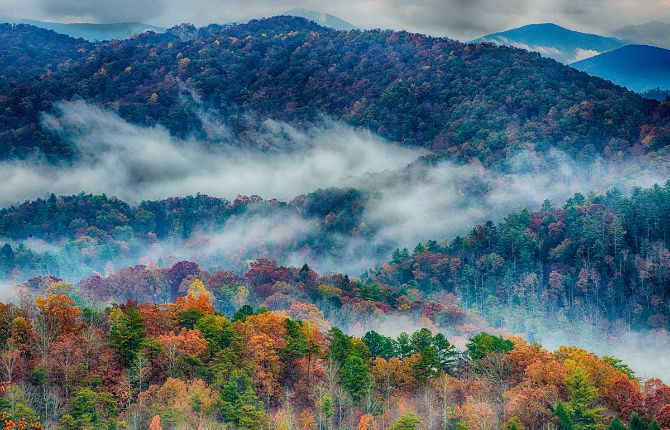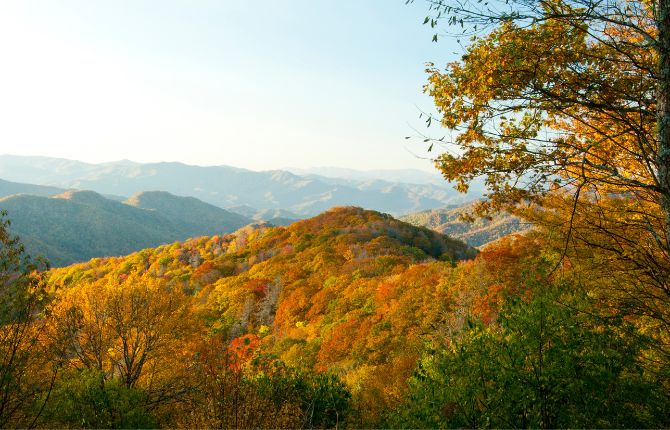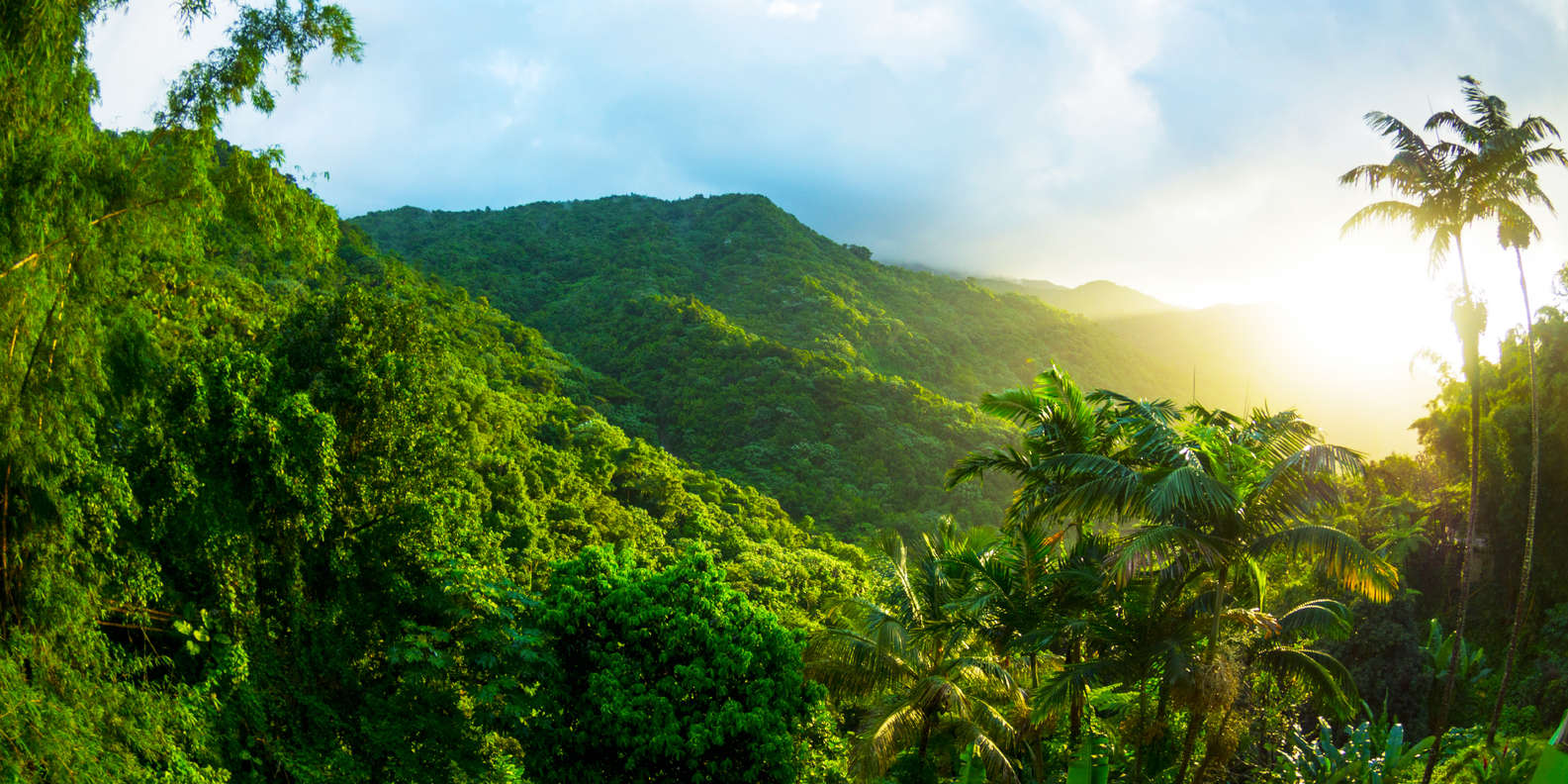If you love the outdoors, the Smokey Mountains are a beautiful place to visit. If you want to see a mountain range without the crowds, visit the park during the summer months.
It’s a great time to visit because the days are longer and the trails are more scenic. Plus, you’ll have plenty of outdoor activities to choose from in Gatlinburg and Pigeon Forge.
However, summers can be sweltering, and late afternoon thunderstorms are possible, so hike early and avoid the heat!
Although the park is open year-round, summer is visitors’ busiest time of year. Many outdoor concerts and festivals occur during this high season, making the park more crowded.
While summer is the best time for outdoor activities, you’ll still have to contend with crowds during the peak months of July and August. The weather is also ideal during these months, and you’ll find that hiking trails are easier to access during this time.
For hiking enthusiasts, a trip to the Smokies isn’t complete without a visit to the park’s high points. The peak of Clingmans Dome is at 6,643 feet, and a walk from here will take you across the Appalachian Trail.
There are also hikes focusing on birds, nocturnal animals, and other wildlife. This way, you’ll get the best view of the park.
Best Season to Visit Great Smoky Mountains National Park
Fall is a beautiful time to visit the Great Smoky Mountains. This national park is covered in beautiful fall foliage, and elk can often be seen rutting in the valleys.
Cool mornings and pleasant afternoons are the best times to visit the park. Fall foliage peaks in mid-October in higher elevations, but it can also be gorgeous in early November in lower elevations. Here are some tips for planning your visit.
Fall is the most popular season to visit the Smokies but be prepared for crowds. This is the busiest time of the year in the Smokies, so visit at a slower time. The weather can be unpredictable, so bring extra clothes and a rain jacket.
However, you will be rewarded with beautiful wildflowers and many hiking trails. Summer is another excellent time to visit the Smokies. This is the time when everything is open, and you can easily access all the main points of interest and restaurants.
While autumn is the most popular time to visit the Smoky Mountains, summer is also an excellent time to enjoy the park’s wildlife. The weather is generally warm in these seasons, with temperatures ranging from the mid-60s at the lower elevations to the high 80s.
Visiting the park during these seasons will allow you to enjoy the scenic drives in the park and experience the beauty that is synonymous with them.
Best Time to Visit Smoky Mountains for Fall Color
The fall season is the best time to visit the Smoky Mountains for its spectacular foliage. Fall temperatures are moderate, with daytime highs of 60 degrees and lows of 30.
As a result, the foliage shows brilliant fall colors, and visitors should head to the mountains early in the fall to catch the best displays.
If you have never seen the Smoky Mountains at this time of year, plan your trip well in advance and consider booking lodging and activities ahead of time.
In general, the fall foliage season runs from early November to mid-November. The highest elevations are already past their peak, but the lower areas are still developing their colors quickly.
The black gum, dogwood, and sumac continue to display vivid reds and golds, while the tuliptree and spicebush show a mix of yellows and golds. However, be aware that the colors of the trees can fade rapidly at the end of the season, so be prepared.
If you’re planning a hike to see the colors in person, don’t wait until the first week of October to do so. The Smoky Mountain forest floor is covered in crisp, red leaves and a rich aroma of fall.
The best spot to view the fall colors is at the top of the Smokies at Metcalf Bottoms. If you’re going camping, don’t forget to take the Little Brier Gap Trail, which leads to the historic Walker Sister Cabin.
Best Time to Visit Great Smoky Mountains National Park
Best Time to Go to Cades Cove in Great Smoky Mountains National Park
When is the best time to visit Cades Cove in the Great Smoky Mountains National Park? If you’re planning to hike in the area, the best time to visit will depend on the weather.
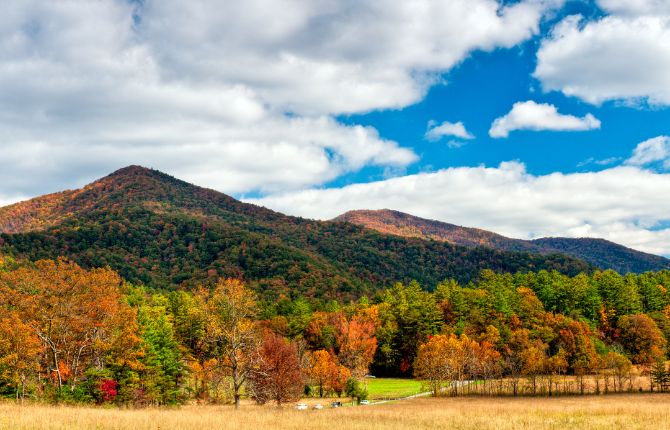
The best time to go to Cades Cove is mid-September or early October. The fall foliage begins to turn brilliant in mid-September and continues into October. Keep in mind that this is peak hiking season, so expect crowds and higher rates during these months.
There are several times of day that are good for visiting the area. The best times to catch the scenery and wildlife are late afternoons and early mornings.
The Park is generally less busy during this time, but late afternoons and early evenings are the best times to view the area. You can also visit Cades Cove during winter when snow is possible. However, these seasons can still be pleasant.
The best time to visit the park during spring and fall is between late April and early October. The weather is still a bit unpredictable, but temperatures are typically in the 60s during the day and low 40s at night.
As the weather warms up, visitation volume begins to increase, and accommodations become less plentiful. The park is most popular during Memorial Day weekend, and hotels and cabins book up quickly.
When to Visit the Park During Spring
Best Time to Go to Clingmans Dome in Great Smoky Mountains National Park
When is the Best Time to Go to Clingmans Dome in the Great Smoky Mountains National Park? Early spring, late summer, or early fall are all excellent times to visit Clingmans Dome.
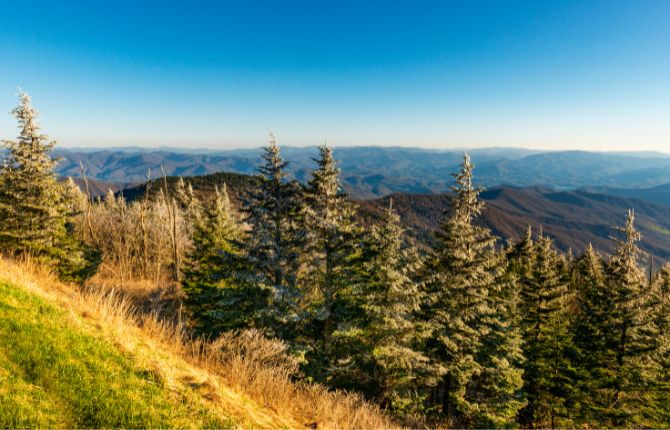
Early spring is the most beautiful time of year in Clingmans Dome, with colorful wildflowers and incredible views. Fall is also a popular time to visit Clingmans Dome, as it is less crowded and offers vibrant fall colors.
The temperature is cool and cloudy on Clingmans Dome, with temperatures ten to twenty degrees cooler than the surrounding areas.
This is due to the summit’s cool, wet climate, consisting of coniferous forests. Be sure to pack layers of clothing and plan accordingly.
In addition, don’t forget to check the weather forecast and pack for the worst. You may even want to consider going by car since the road to Clingmans Dome is seasonal and closed when weather conditions are bad.
If you plan to visit Clingmans Dome in the Smoky Mountains during the winter, check the National Park Service’s website to see if road closures are in effect.
You should also check the National Park Service’s Twitter account for updates on road closures and weather conditions. If you’re traveling during the colder months, the park service’s Twitter account is the best way to stay updated.
Best Time to Climb Chimney Tops Trail in Great Smoky Mountains National Park
If you are interested in climbing a mountain, you’ll want to consider the Best Time to Climb the Chimney Tops Trail in Great Smokies National Park.
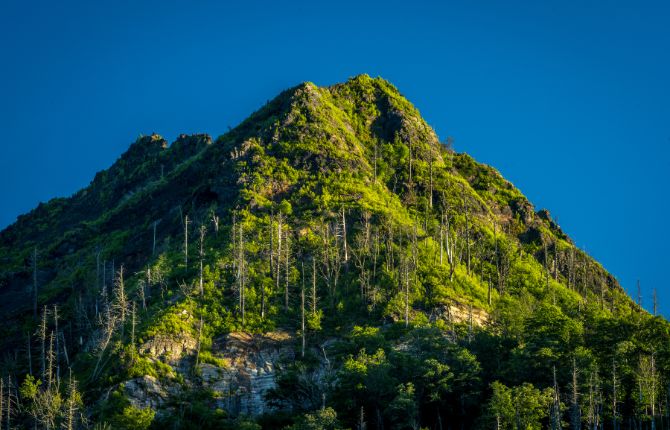
Although the trail is short, the terrain is steep. There are hundreds of steps to climb, and the trail ends with a 0.8-mile hike with an elevation gain of about 800 feet. Climbing the trail during the late afternoon or early evening will help avoid crowds and avoid the heat of the day.
The hike takes approximately 3.5 hours, with a total elevation gain of 1487 feet. This hike has a lot of elevation gain, and you can’t see the summit until the last half-mile. However, it’s worth the effort and the scenic views.
The hike begins at the trailhead southeast of Gatlinburg. Parking is limited, so plan your trip carefully.
The trail begins with a gentle ascent, and you’ll cross the Road Prong Creek on footbridges. Then, you’ll reach the first of four bridges, the West Prong of the Little Pigeon River.
After the first few bridges, you’ll continue eastward. After another 10 minutes of steady climbing, you’ll reach a trail junction. From here, the path becomes steep and eroded.
During the fall, the temperatures are best for hiking. You’ll be rewarded with breathtaking views of the Smoky Mountains. The trail has plenty of fun rocks to climb. The climb takes two or three hours and offers panoramic views.
Once you’re at the summit, you’ll see the beautiful ridge and the surrounding mountains. If you’re hiking barefoot, you’ll be surprised at how quickly the weather can change.
Best Time to Visit Great Smoky Mountains National Park
Weather in the Great Smoky Mountains National Park
The average monthly temperature in the Great Smoky Mountains National Park is approximately 50 degrees Fahrenheit (°C).
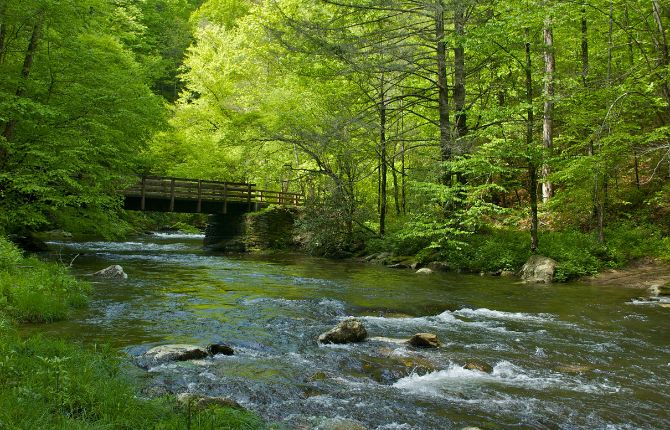
In addition, the average daily maximum and minimum temperatures are also listed. To help you plan your trip, you can even view the area’s wind speed.
For your convenience, the graph can also be customized to show the daily maximum and minimum temperatures. This area has two travel scores: the mean daily maximum and minimum temperatures.
Each band represents the average maximum and minimum temperatures for each day and month.
During the summer, the average daily high temperature in the Great Smoky Mountains National Park ranges from 77 to 79 degrees Fahrenheit. On the other hand, during the winter, the average daily high temperature is around 50 degrees Fahrenheit.
Depending on the location, temperatures can range from 65 degrees Fahrenheit to 30°F. It is essential to know that the temperatures in the park vary and that you should plan your trip accordingly.
High pressure dominates the fall season in the Smoky Mountains. The first frosts are likely to occur in late September. Lowland temperatures remain relatively warm through October. High country areas experience snow showers more frequently.
However, the temperatures are still quite pleasant, which makes for a beautiful vacation. A good time to visit is during the fall when temperatures can range from 70 to 75 degrees. The highest elevations are even colder, with the possibility of snowfall of 24 inches or more.
Best Time to Visit Great Smoky Mountains National Park


